Description
Getting his Bearings by Milton J. Burns printed on a T-Shirt
About the T-Shirt
Regular fit
Standard length, the fabric easily gives into movement
Casual wear
A classic, everyday option loved by our customers
Side-seamed
Constructed by sewing two parts together, creating a fitted look
The Unisex Staple T-Shirt feels soft and light with just the right amount of stretch. It’s comfortable and flattering for all. We can’t compliment this shirt enough–it’s one of our crowd favorites, and it’s sure to be your next favorite too!
- Solid colors are 100% Airlume combed and ring-spun cotton
- Ash color is 99% combed and ring-spun cotton, 1% polyester
- Heather colors are 52% combed and ring-spun cotton, 48% polyester
- Athletic and Black Heather are 90% combed and ring-spun cotton, 10% polyester
- Heather Prism colors are 99% combed and ring-spun cotton, 1% polyester
- Fabric weight: 4.2 oz./yd.² (142 g/m²)
- Pre-shrunk fabric
- 30 singles
- Side-seamed construction
- Tear-away label
- Shoulder-to-shoulder taping
- Blank product sourced from Nicaragua, Mexico, Honduras, or the US
Milton J. Burns (1853-1933)
Milton James Burns was born in Mt. Gilead, Ohio, in 1853. A founding member of the Salmagundi Club in New York, Burns became a highly acclaimed marine painter, one of the few who was actually a sailor. His career as a marine painter began when he accompanied William Bradford on an Arctic Expedition in 1869. He sailed constantly, first along the Maine coast where he was one of the earliest painters at Monhegan Island and Grand Manan, then frequently to the Grand Banks and North Sea.
He lived in England, France, Norway, the Canadian Maritimes, Gloucester, Alaska, the Pacific Northwest and the West Indies. He spent many of his summers on Monhegan Island. Burns was an illustrator for Harper’s Weekly, Scribner’s and Literary Digest and is credited with the first illustrated article about Monhegan Island. Numerous pen and ink drawings of Monhegan appeared in Harper’s. He was a sketching friend of Winslow Homer, sharing with him the belief that an artist should go directly to nature for inspiration. He was also close friends with Frederic Remington, Edwin Austin Abbey and Gilbert Gaul.

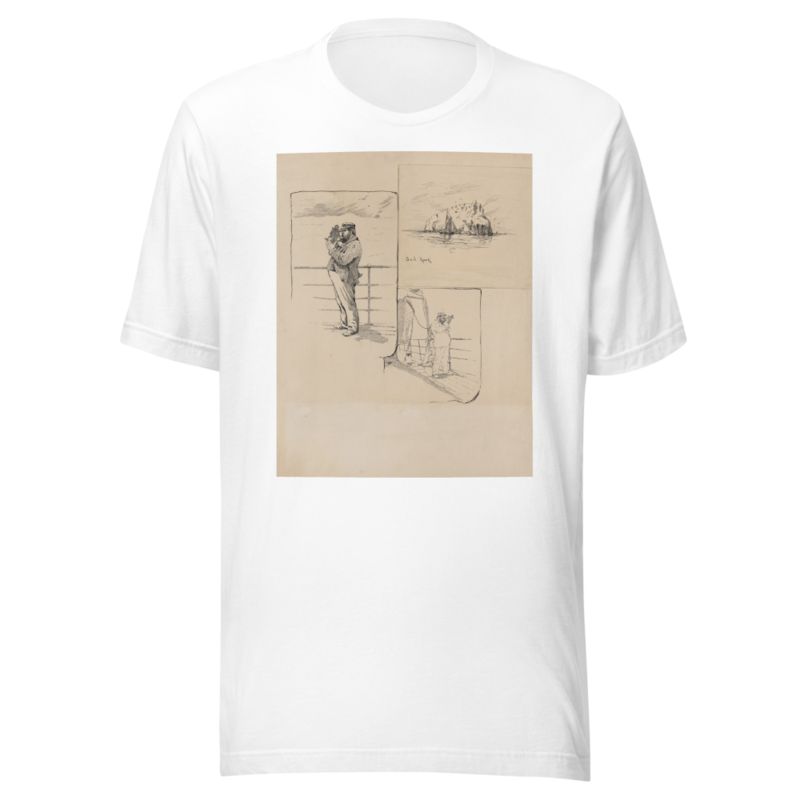
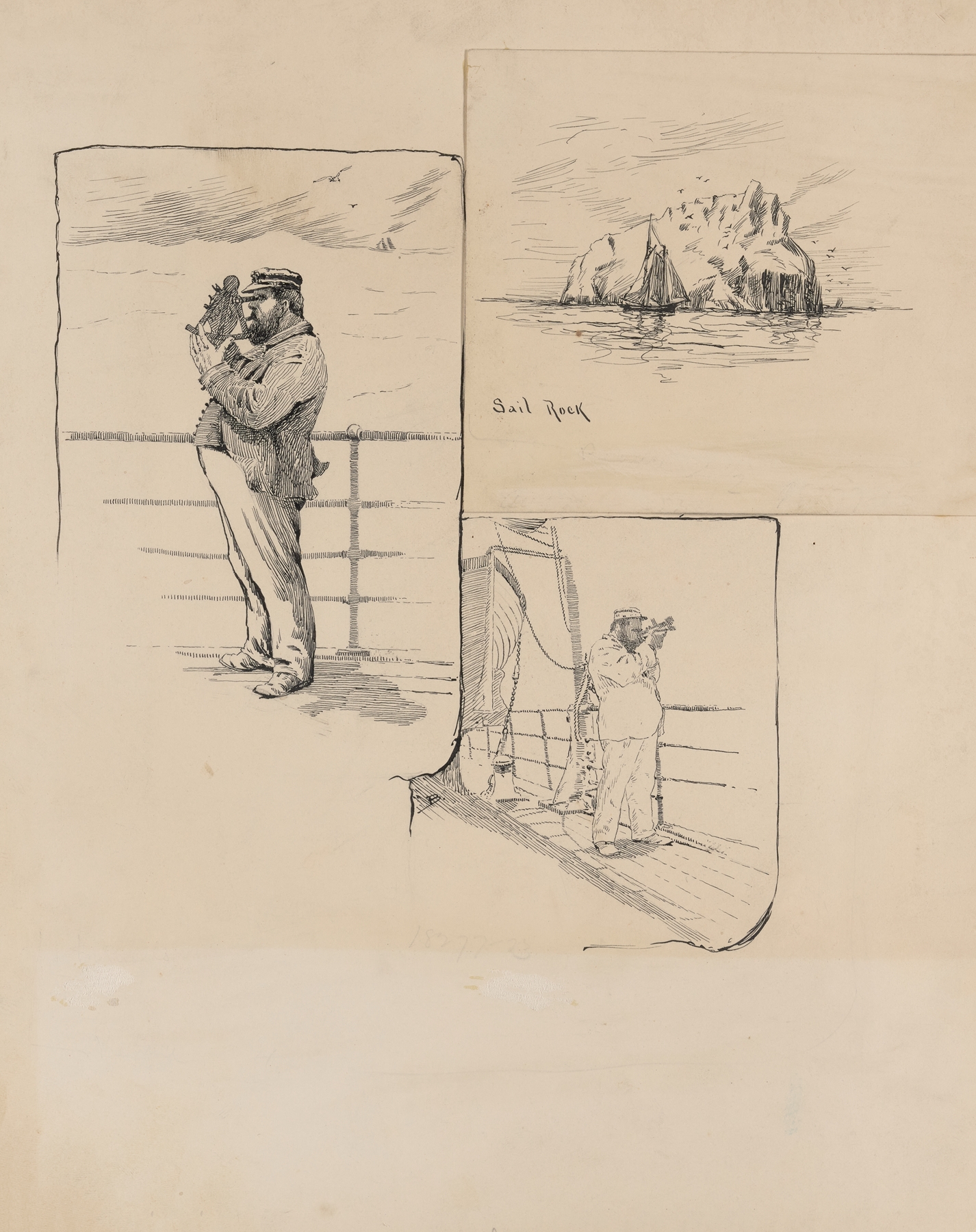
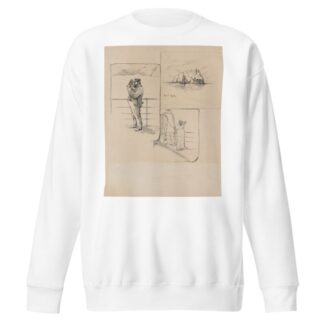
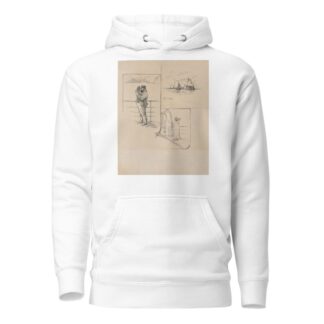
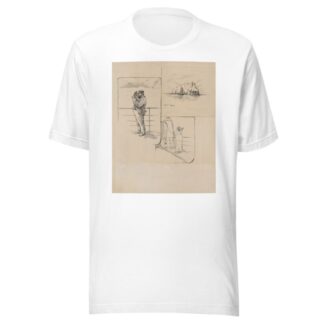
Reviews
There are no reviews yet.